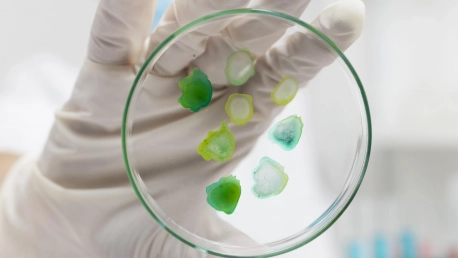In an era characterized by breakthrough innovations in medical technology, peptide-based nanofiber hydrogels stand out as a transformative advancement in regenerative medicine. Seminal work by researchers at Rice University and the University of Houston exemplifies the innovative thinking that bridges the gap between complex biological processes and synthetic material design. The crux of this breakthrough lies in the ability to mimic the natural alignment of tissues found in muscles and nerves, which is essential for their functionality. Traditional tissue engineering approaches have struggled to replicate this intricate structure, but the use of peptide nanofibers could change that narrative.What sets these nanofibers apart is not just their structural similarity to natural tissue but also the insightful discovery regarding their interaction with cells. The specifically tuned flexibility of the peptide nanofibers allows cells to exert the forces needed to orient themselves properly, which is crucial for the functional integrity of engineered tissues. Prior to this, the rigidity of artificial materials often presented an obstacle to proper cellular alignment and growth. The new method promises to provide a scaffold that supports the meticulous orchestration of cell behavior—a foundational requirement for tissue regeneration.









